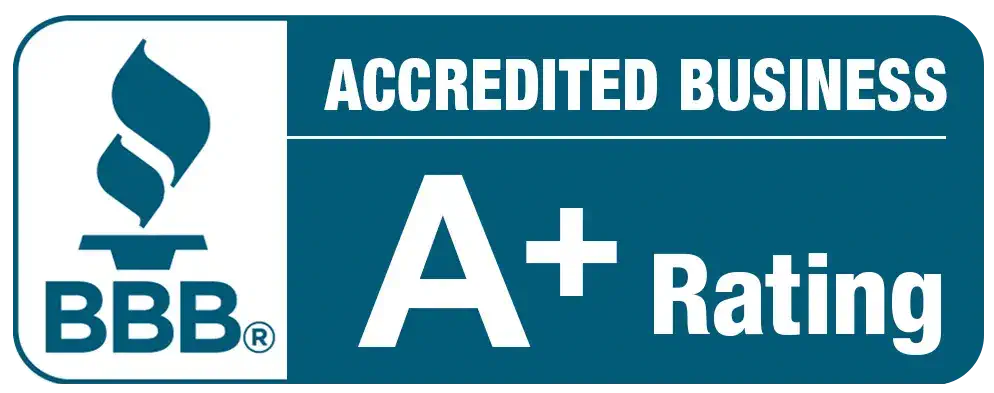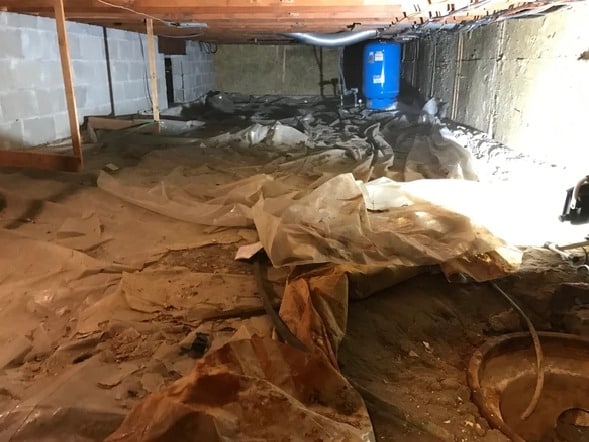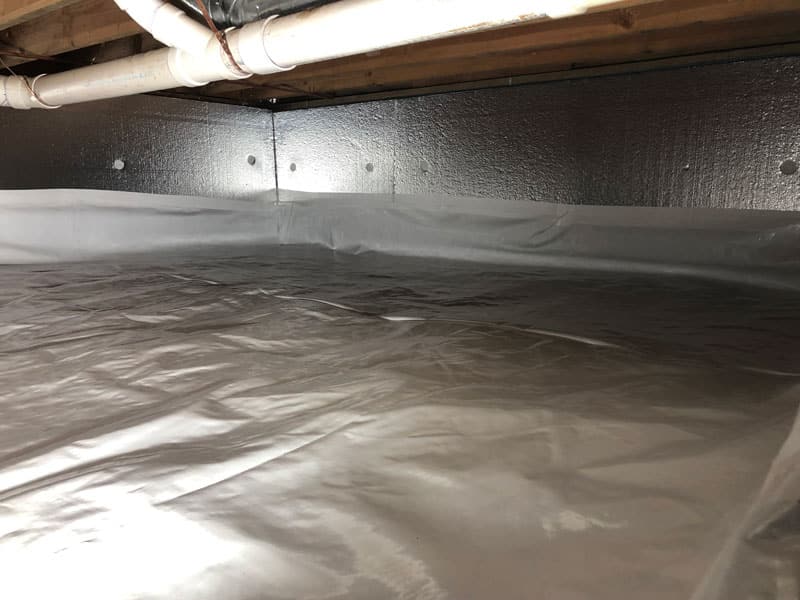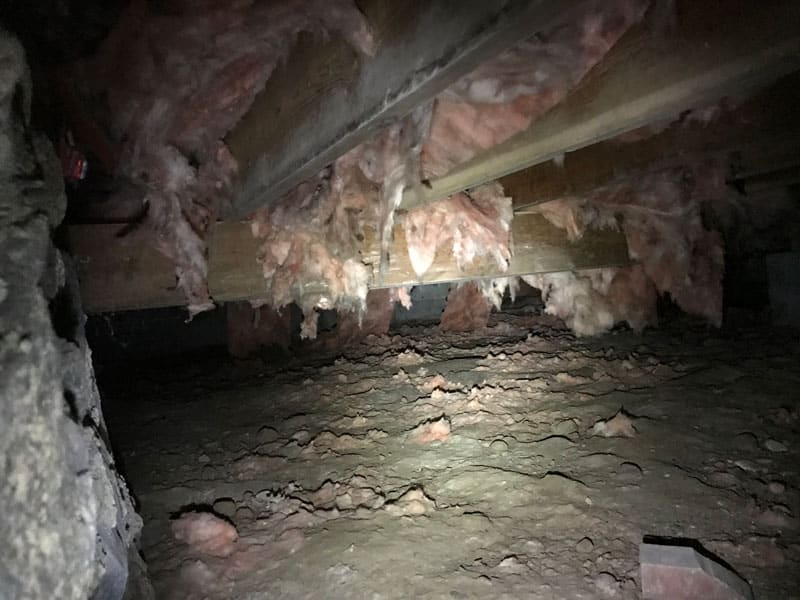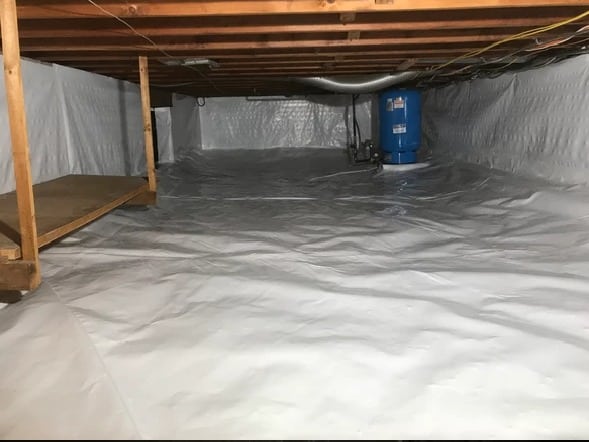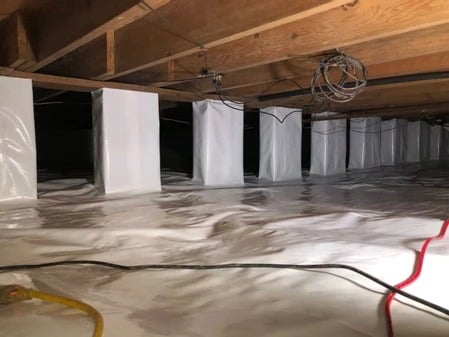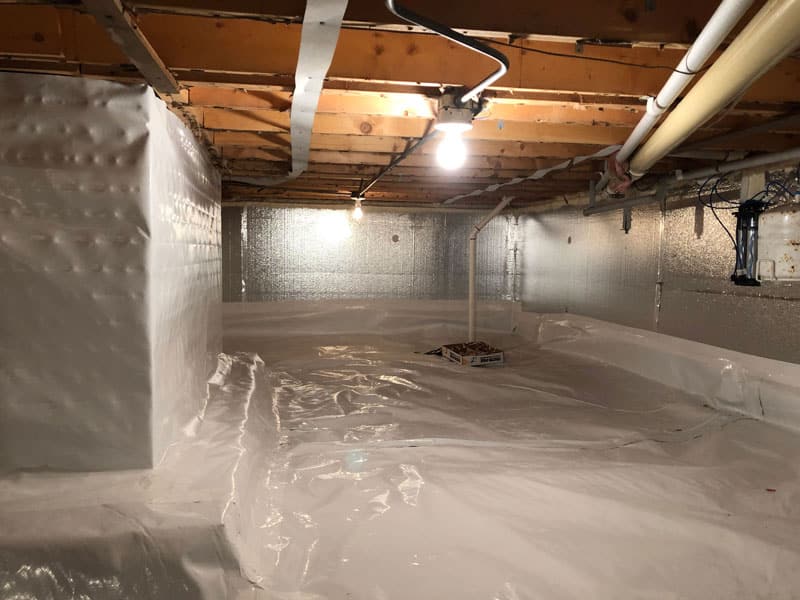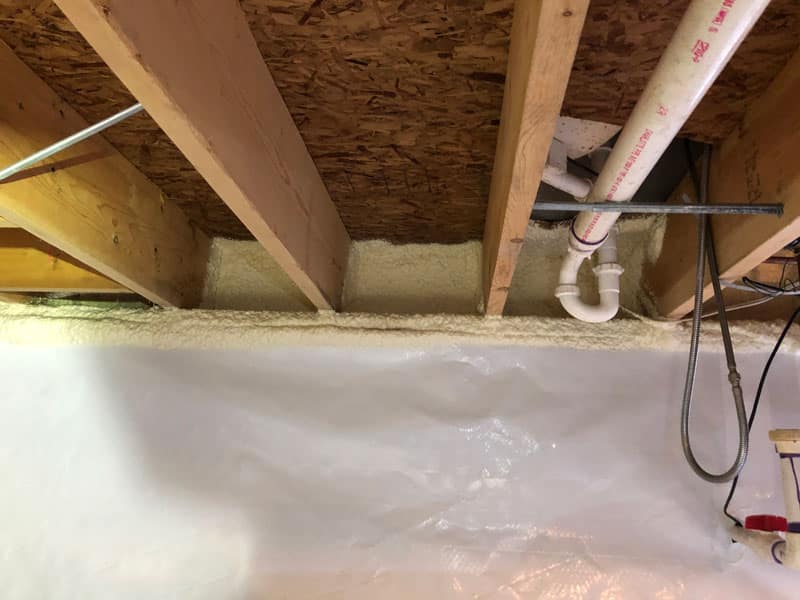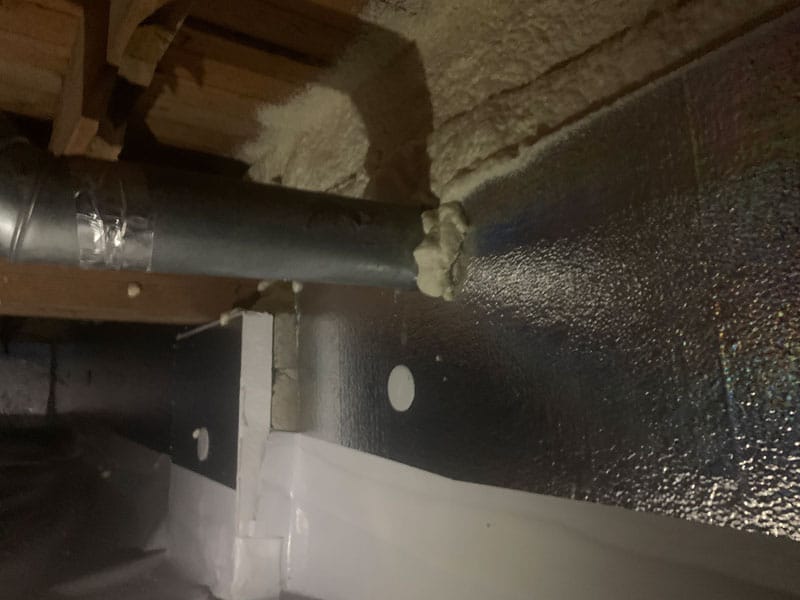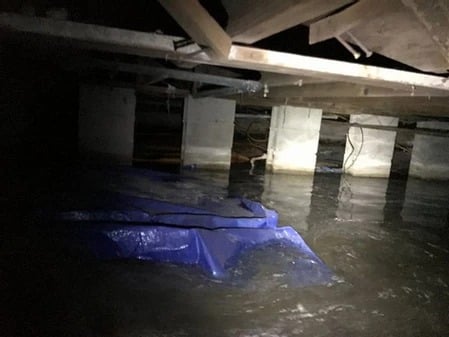Your crawlspace may not be the most frequently visited area in your home, but the conditions in the crawlspace can impact the overall well-being of the entire structure. A neglected crawlspace can lead to mold growth, moisture issues, leaking walls, damage to items in the crawlspace, and more.
Getting your crawlspace encapsulated and insulated will help safeguard against further damage to areas in and around the crawlspace. Crawlspace waterproofing in Michigan is recommended for homes that have standing water or frequent flooding. Bluebird Foundation Repair & Waterproofing provides comprehensive crawlspace encapsulation and insulation services.
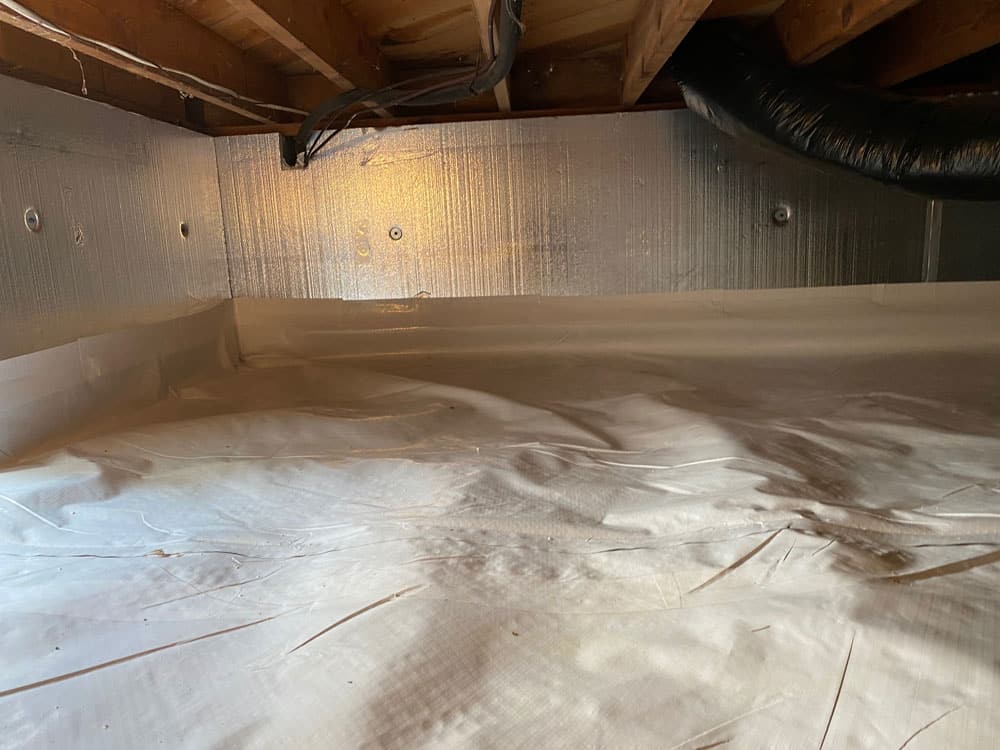
What Is Crawlspace Encapsulation?
Crawlspace encapsulation is the process of sealing the crawlspace using a heavy-duty vapor barrier to turn your crawlspace into a clean, dry, and usable space.
What Is Crawl Space Insulation?
Spray foam and foam board insulation will help seal off any areas that allow hot or cold air to enter the crawlspace. A properly insulated crawlspace has the potential to reduce your energy bills, and you may even notice a difference in the temperature of your floors.
Expert Crawlspace Encapsulation and Insulation Services In Michigan
Contact us today to see what we can do for you to resolve any issues with your crawlspace now before they get worse! We also provide Michigan basement waterproofing and foundation repair in Michigan.
Crawlspace Encapsulation & Insulation Before & Afters In Michigan
Frequently Asked Questions
No, they are not the same thing. Encapsulation is the process of sealing the crawlspace. Residential or commercial crawlspace waterproofing is the process of ensuring that any water in the crawlspace is channeled to the sump pump so it can be safely evacuated from the crawlspace.
While we encourage waterproofing in every crawlspace as a precaution, we do not require it. If your crawlspace is dry, you may choose to encapsulate it without waterproofing. In this case, there will be no warranty for waterproofing. Bluebird will not encapsulate any crawlspace that has standing water without waterproofing it first.
No, you don’t need to insulate an encapsulated crawl space. However, if the crawl space has opening or openings, it is recommended to do a joist insulation.
The ideal material for sealing a crawl space is a reinforced polyester cord encased in a layer of polyethylene vapor barrier. This material comes in different roll widths and gauges, allowing customization to meet specific needs. When properly installed, it acts as a barrier to prevent moisture, dust, and external air from entering the living area, therefore preserving the internal environment of your home.
Reviews From Satisfied Homeowners

















